Retro Replay Review
Gameplay
Art of Fighting: Anthology brings together three classic 2D fighters in a single package, preserving the tight, combo-driven mechanics that defined the series. From the original’s innovative Spirit Gauge—allowing players to unleash powerful special moves at the cost of their own vitality—to the refined chain attacks and Super Moves in Art of Fighting 2 and 3, each entry offers a distinct take on one-on-one brawling. Controls remain responsive, and with the addition of modern button mapping settings, newcomers can dive into the action without feeling overwhelmed by arcade-style complexity.
As you progress through the trilogy, you’ll notice how the developers iterated on pacing and depth. The first game emphasizes punishing single hits that require precise timing, while the sequels introduce more forgiving combo windows and extra crouch-cancel options. These refinements make the later titles feel smoother and more accessible, catering to both competitive players chasing pixel-perfect links and casual fans enjoying a nostalgic romp. The arranged music scores also dynamically complement the fast-paced gameplay, providing fresh energy to familiar move lists.
One of the anthology’s standout features is the color edit mode, which lets you customize each fighter’s palette on the fly. This simple yet addictive option breathes new life into battles, encouraging experimentation with visual styles while you master each character’s unique attributes. Whether you’re revisiting Ryo’s fiery Dragon Punch or exploring Yuri’s devastating grab techniques, the compilation’s faithful emulation ensures that input lag is kept to an absolute minimum, preserving the original arcade feel.
Graphics
The pixel art in Art of Fighting remains a testament to SNK’s commitment to large, detailed sprites. Characters occupy significant screen real estate, allowing you to appreciate nuanced animations as combos unfold. While the original title’s color palette can appear a bit muted by today’s standards, the second and third entries introduce richer backgrounds and more expressive character portraits, underscoring improvements in hardware capabilities across the series.
Thanks to the anthology’s emulation on modern platforms, you can play at native resolution or apply crisp scaling filters that sharpen edges without sacrificing the nostalgic charm of hand-drawn sprites. The color edit mode further enhances the visual experience by letting you reimagine fighter outfits, from bold alternate hues to completely custom schemes. This personalization adds a surprising depth to encounters, encouraging replay as you test new visual identities against friends or AI opponents.
Background stages in the compilation are both atmospheric and varied—from scenic mountain passes to crowded city streets lit by neon signs. While the parallax scrolling is subtle, it effectively conveys depth, making each arena feel alive. Character outlines remain clear even during the most hectic exchanges, and arranged music tracks unlock seamlessly in the interface, allowing you to enjoy remixed themes while soaking in the pixel-perfect artwork.
Story
Though fighting games often place gameplay over narrative, Art of Fighting weaves a surprisingly engaging saga across its three chapters. The original plot follows karate masters Ryo Sakazaki and Robert Garcia as they venture to South Town to rescue Ryo’s kidnapped sister, Yuri. The straightforward premise serves as a solid backdrop for the series’ street-fighting spectacle, introducing memorable villains like Mr. Big and enticing players with stage progression that feels like a journey.
Art of Fighting 2 expands the world considerably, delving into familial ties and underworld conspiracies. You encounter a diverse roster—from the noble King to the menacing Silver—and witness the growth of returning heroes as they face more dangerous adversaries. Character endings provide closure to individual arcs while planting seeds for future confrontations, making each fight feel personally meaningful within the broader narrative tapestry.
In Art of Fighting 3: The Path of the Warrior, the story takes a more somber tone, exploring themes of honor and redemption. Newcomer Mr. Jones and his enigmatic fighters challenge the Sakazaki School to unexpected levels, culminating in a conclusion that balances spectacle with emotional resonance. Even if you’re primarily drawn by the gameplay, the trilogy’s evolving storyline offers satisfying context for your battles and showcases SNK’s effort to merge cinematic flair with arcade thrills.
Overall Experience
Art of Fighting: Anthology represents exceptional value for both series veterans and fighting-game enthusiasts. By bundling all three titles with additional features—such as arranged music scores and the color edit mode—it elevates these classics beyond mere emulation. The user-friendly menu system and quick state-saving further modernize the experience, allowing short play sessions or marathon tournaments without fuss.
Whether you’re drawn to the raw intensity of the original or the more polished mechanics of later installments, this compilation caters to varied playstyles. The preserved frame data, authentic hitboxes, and faithful sound effects ensure that competitive matches remain fair and consistent. The ability to switch between arranged tracks and original audio on the fly also highlights the anthology’s commitment to honoring retro roots while offering fresh presentation layers.
In sum, Art of Fighting: Anthology shines as a must-have for retro collectors and newcomers interested in the evolution of 2D fighters. Its comprehensive package delivers hours of engaging content, striking visuals, and a surprisingly rich narrative thread. Whether you’re revisiting South Town’s gritty streets or joining Ryo, Robert, and Yuri on their quest, this compilation strikes the perfect balance between nostalgia and modern convenience.
 Retro Replay Retro Replay gaming reviews, news, emulation, geek stuff and more!
Retro Replay Retro Replay gaming reviews, news, emulation, geek stuff and more!
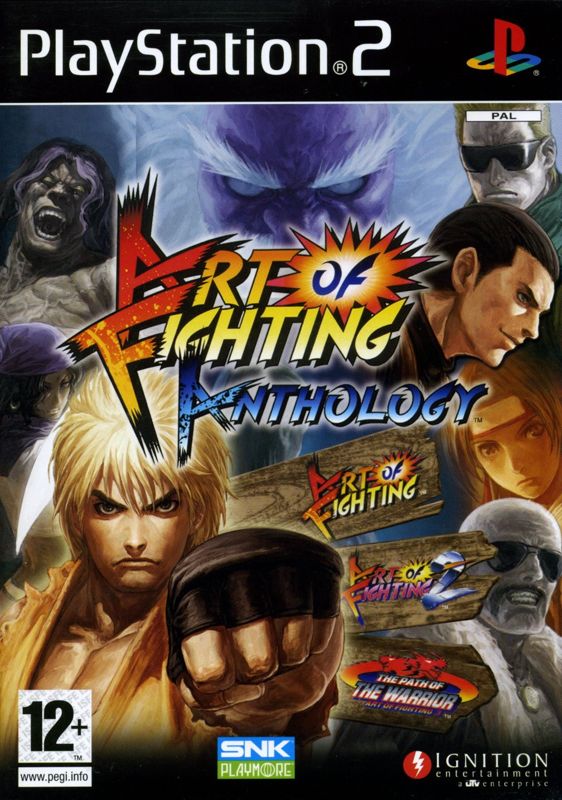
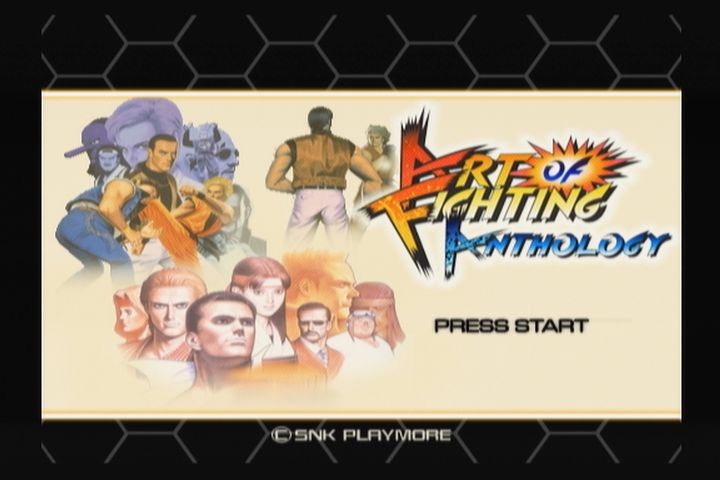
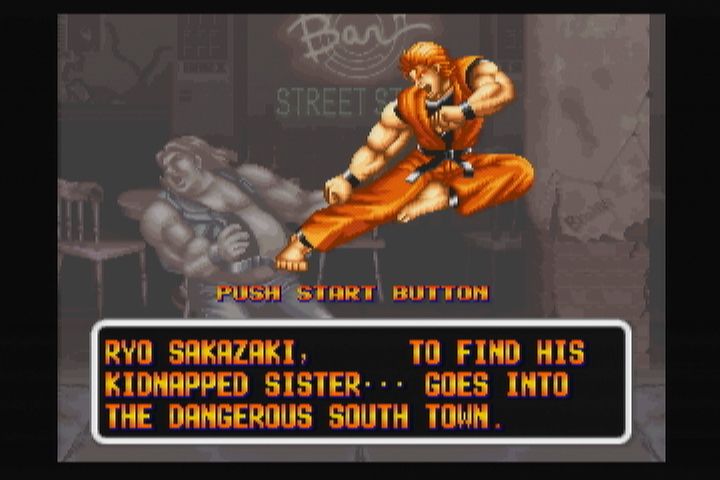

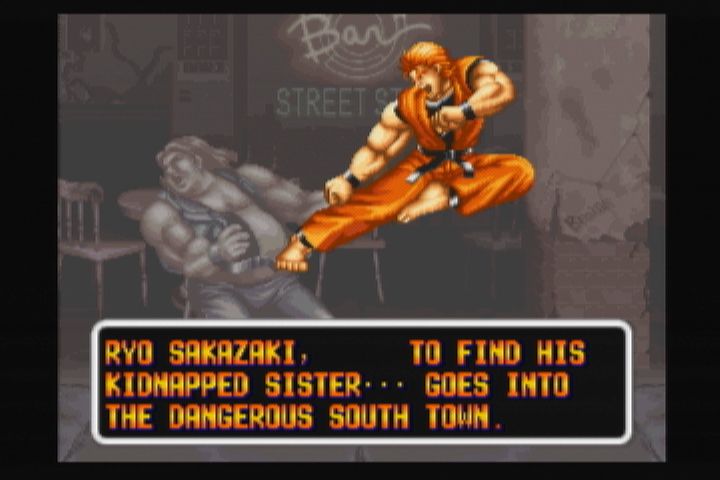
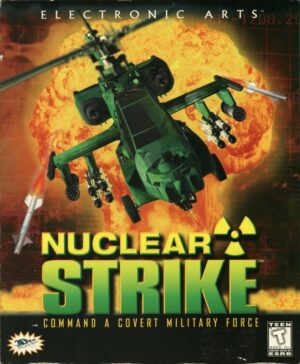


Reviews
There are no reviews yet.